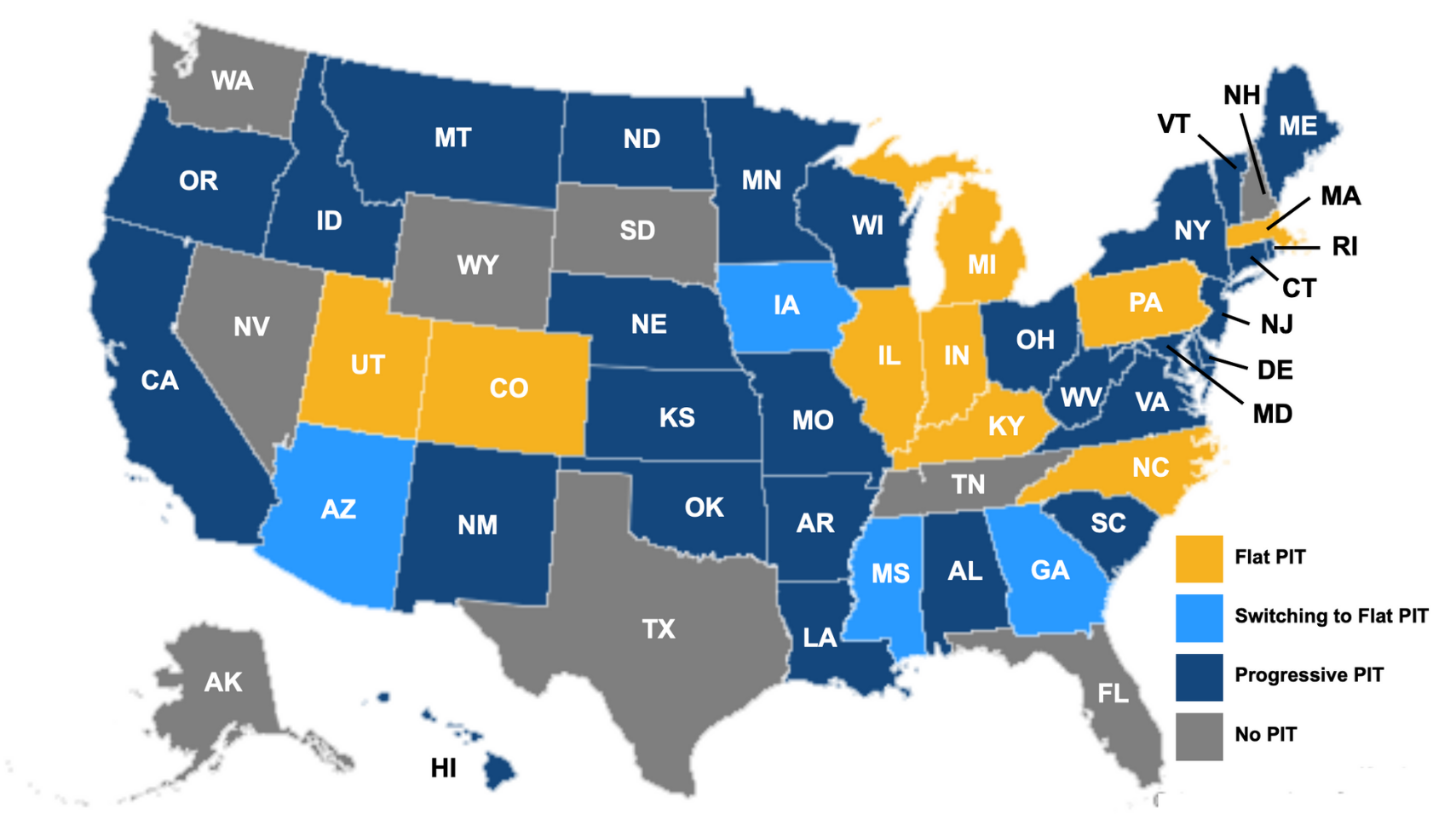The Problem: Over the past year, Wisconsin has seen riots in major cities and has experienced a spike in violent crime. Some organizations are demanding that municipalities ‘defund the police’, creating an atmosphere of distrust towards law enforcement. When city leaders actually cut funding for officers on the street, as has been done for years in Milwaukee–resulting in over 200 vacancies–it makes the city less safe. This cannot continue. Research shows that policing is at the core of solutions needed to reduce violent crime.
This decline is multi-faceted: a culture of anti-law enforcement attitudes, budget reductions, and the retirement of the baby boomers. In Wisconsin, law enforcement officers dropped from 16,000 in 2012 to 13,600 in 2021. In addition, police academy graduates are at a ten-year low.
Compounding this decline is low morale amongst police officers that is resulting in the early retirement of veteran officers. Concerningly, the suicide rate for law enforcement personnel is also increasing.
The results of demoralized and understaffed police departments are disturbing. When departments are working from a deficit of personnel, it results in longer police response time and an inability to clear homicide cases. Lack of personnel is even more critical now that WI has seen a significant increase in violent crimes during the past year. Homicides alone are up 63% from 2019.
The Response: To move forward, Wisconsin must invest in the recruitment and retention of law enforcement personnel.
To accomplish this objective, the 1848 Project recommends multiple strategies to strengthen recruitment and retention: provide sufficient resources and funding for mental health support, as well as the creation of school-to-work pipelines.
WI should hire additional agents at the state Division of Criminal Investigation which focuses on the long-term causes of violent criminal activity, like drug rings and organized crime.
Wisconsin would benefit with an additional 1,000 officers statewide. In the structuring of such a program, however, WI should not allow city leaders to cut their funding to police departments only to see the state step in to make up for the deficit. Instead, to receive funding, local governments should demonstrate budgets that maintain or grow current support for police departments.
Our citizens deserve nothing less; public safety is the government’s primary obligation and must be our first priority.
Resources
- Cain, Nicole. “Solving the Law Enforcement Retention and Recruitment Problem.” Cordico, Solving the Law Enforcement Retention and Recruitment Problems – Cordico. Accessed 30 September 2021
- Police Executive Workforce Forum. “The Workforce Crisis and What Police Are Doing About It.” September 2019. WorkforceCrisis.pdf (policeforum.org) Accessed 30 September 2021
- Spence, Deborah L., and Jessica Drake. Law Enforcement Suicide: 2020 Report to Congress. Washington, DC: U.S. Department of Justice. 2021. Law Enforcement Officer Suicide: 2020 Report to Congress (usdoj.gov) Accessed 30 September 2021 For the complete agenda and more “policy in a page” papers, visit 1848Project.org.













